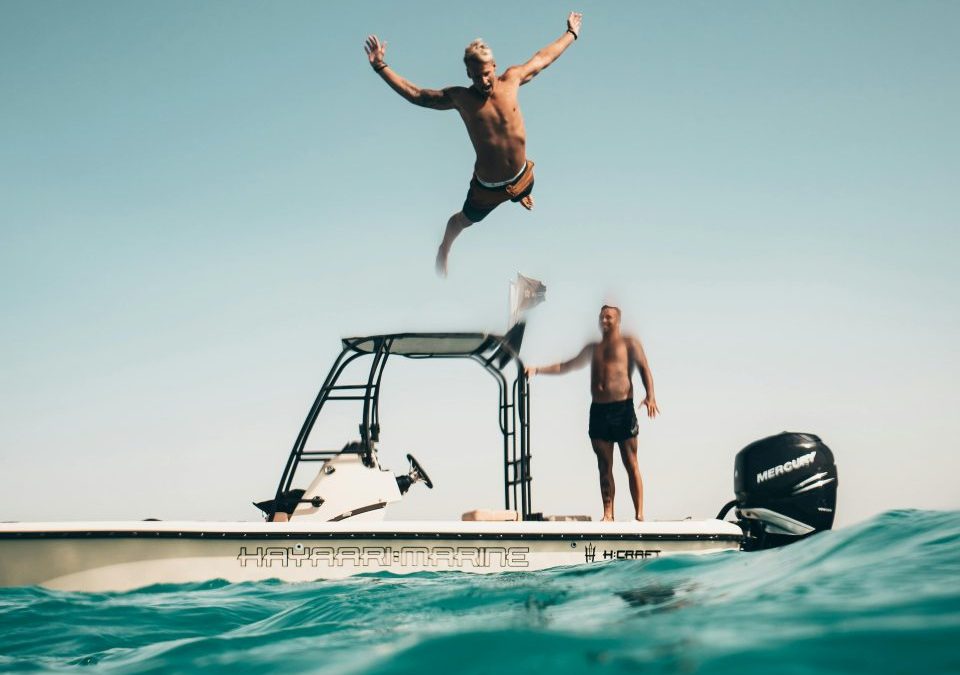Last Updated on: 14th July 2024, 08:53 am
Introduction to Outdoor Adventure Sports as a Path to Fitness
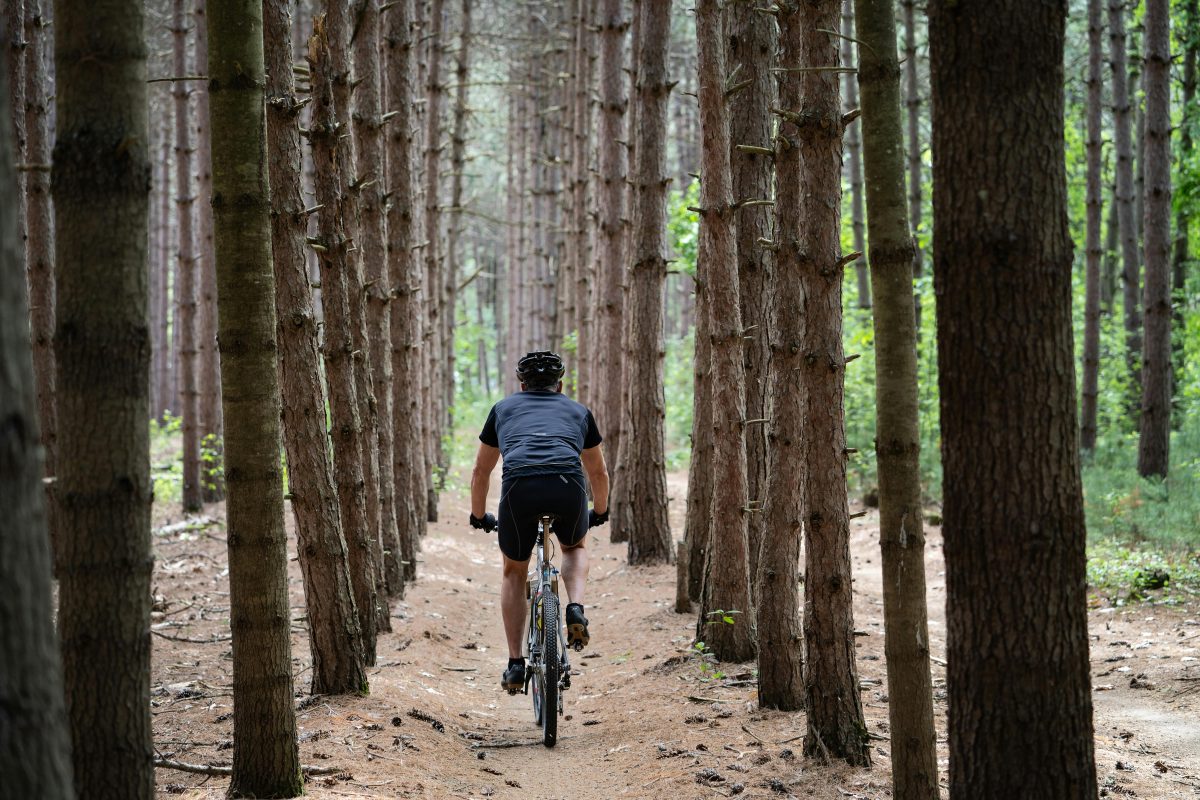
The allure of outdoor adventure sports is on a meteoric rise, captivating the hearts of fitness enthusiasts and nature lovers alike. This surge in popularity is not without reason. Engaging in these activities offers a holistic approach to fitness, nurturing not just the body, but also the mind and spirit. The benefits are manifold, encompassing improved physical health, enhanced mental clarity, and a profound sense of emotional well-being.
- Imagine the exhilaration of conquering a mountain peak, the tranquility of paddling through serene waters, or the sheer joy of biking through rugged trails. These experiences, among others, await those who venture into the world of outdoor adventure sports.
- From rock climbing and mountain biking to kayaking and trail running, the variety is vast, each sport offering its unique challenges and rewards.
Embrace the adventure. Let the journey to fitness begin amidst the beauty and majesty of the great outdoors.
Embracing the Thrill: High-Intensity Adventure Sports

Rock Climbing and Bouldering: Building Strength and Endurance
Rock climbing and bouldering are not just about reaching heights; they’re about reaching personal peaks of strength and endurance. These sports challenge every muscle in your body, demanding flexibility, balance, and mental focus. The reward? A sculpted physique and a warrior’s mindset, ready to conquer any obstacle.
Mountain Biking: Cardiovascular Health and Muscle Toning
Imagine the wind in your face as you navigate through nature’s obstacle course. Mountain biking offers an exhilarating way to improve cardiovascular health while toning muscles, especially in the lower body. Each pedal stroke builds leg strength, and navigating uneven terrain hones your reflexes and core stability. It’s a full-body workout disguised as an adrenaline-pumping adventure.
Whitewater Rafting and Kayaking: Full-Body Workout and Coordination
Whitewater rafting and kayaking take you on a thrilling journey through rapids, requiring not just physical strength but also precise coordination and teamwork. Paddling through turbulent waters engages your arms, shoulders, back, and core, providing a full-body workout that enhances endurance and agility. It’s a heart-racing experience that tests your limits and teaches you to move in harmony with the natural world.
Each of these high-intensity adventure sports offers a unique path to fitness, blending the thrill of exploration with the satisfaction of physical and mental growth. Whether scaling rock faces, biking rugged trails, or navigating river rapids, the great outdoors invites you to push your boundaries and discover your true potential.
Nature’s Gym: Moderate-Intensity Sports for Everyone
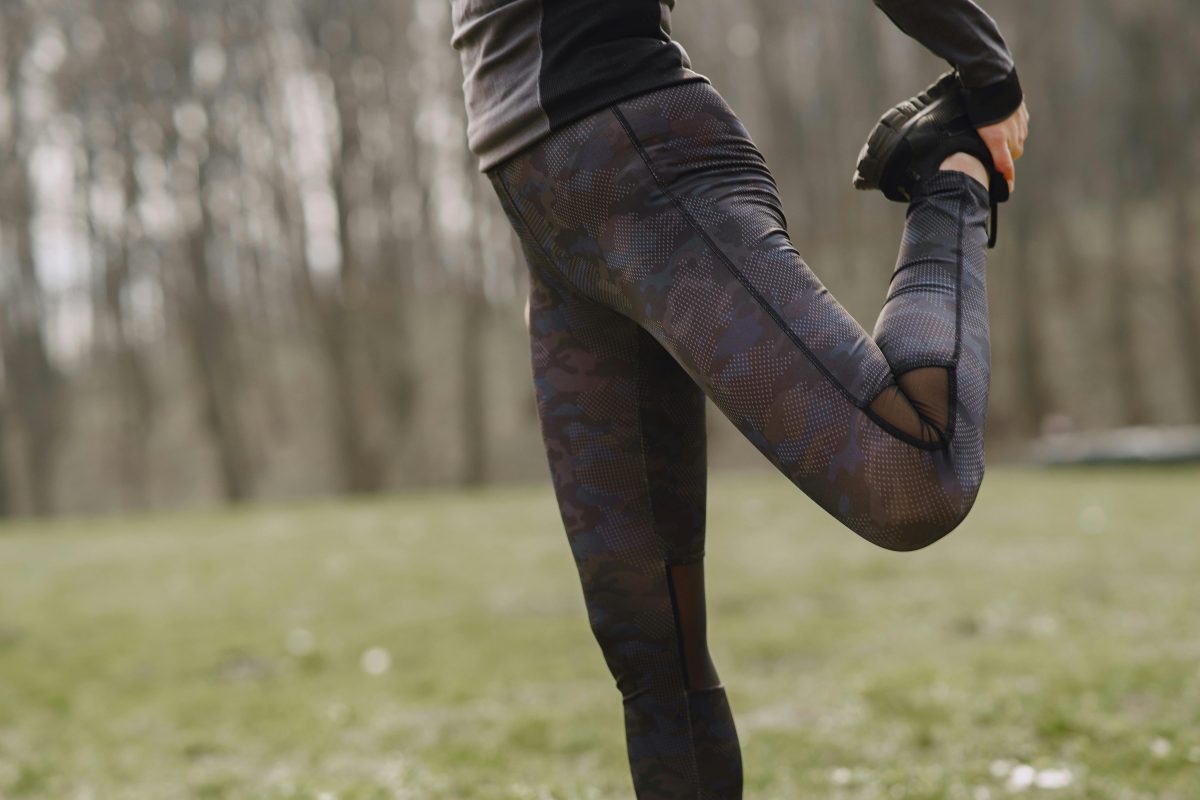
Hiking and Trail Running: Cardiovascular Benefits and Muscle Strength
Hiking and trail running stand as pillars of outdoor fitness, offering more than just a breath of fresh air. These activities propel you through nature’s diverse terrain, challenging your cardiovascular system while building muscle strength. The varied landscape tests your endurance and agility, making every step a step towards a healthier heart and stronger legs.
Stand-up Paddleboarding: Core Strengthening and Balance
Gliding on water, stand-up paddleboarding (SUP) is the perfect blend of tranquility and core workout. This serene sport demands balance, engaging your core muscles as you navigate through calm waters or ride gentle waves. SUP not only strengthens your midsection but also enhances your sense of balance, offering a peaceful yet effective workout.
Cross-Country Skiing: Endurance and Low-Impact Full-Body Workout
When snow blankets the ground, cross-country skiing emerges as a premier low-impact, full-body workout. This winter sport propels you forward using movements that engage nearly every muscle group, from your legs to your shoulders. It’s an exceptional way to build endurance and strength without the harsh impact on your joints, making it accessible for fitness enthusiasts of all ages.
Each of these moderate-intensity sports opens a gateway to fitness through the beauty of the outdoors. They offer unique challenges that not only improve physical health but also provide mental refreshment. Embrace the natural world as your gym, and discover the joy of achieving fitness by stepping outside your door.
The Mental Game: Psychological Benefits of Outdoor Sports

Stress Reduction and Mental Health Improvements
Outdoor adventure sports serve as a natural antidote to stress, offering an escape into tranquility. The rhythmic motions of paddling, the focused steps on a trail, or the exhilarating descent on a bike – each act is a brushstroke in the masterpiece of mental well-being. This immersion in nature not only diminishes stress but also elevates mood, combating symptoms of anxiety and depression with every breath of fresh air.
Enhancing Focus and Cognitive Function
The great outdoors is a playground for the mind. Navigating through unpredictable terrains demands sharp focus and quick decision-making, honing cognitive functions. This mental agility translates to everyday life, improving problem-solving skills and attention to detail. The clarity gained from a session of outdoor sports is akin to hitting the refresh button on your brain, offering a clear perspective amidst life’s chaos.
Building Confidence and Overcoming Fears
Confronting the challenges posed by outdoor sports instills a deep sense of achievement. Each summit reached or rapid conquered is a testament to personal strength, fostering an environment where confidence thrives. This empowerment extends beyond the physical realm, encouraging individuals to face fears and embrace growth. The lessons learned in the wild are invaluable, teaching resilience, perseverance, and the courage to step out of comfort zones.
Engaging in outdoor adventure sports is not just a journey through nature, but a voyage into the depths of the mind. The psychological benefits are profound, offering a sanctuary for stress relief, a gym for cognitive enhancement, and a school for confidence building. Embrace the mental game, and let the great outdoors sculpt a stronger, healthier, and more focused you.
Community and Connection: The Social Aspect of Adventure Sports

Joining Clubs and Groups: Finding Like-Minded Individuals
Adventure sports are not just solitary pursuits. Joining clubs and groups opens up a world where passion meets camaraderie. It’s where you find others who share your zest for the outdoors. These connections go beyond the surface, fostering deep bonds over shared challenges and triumphs. The sense of belonging in these communities is palpable, turning individual pursuits into collective experiences.
Events and Competitions: Fostering a Sense of Community and Belonging
Events and competitions bring enthusiasts together, creating a vibrant atmosphere of encouragement and support. Whether it’s a local race or an international meet, the energy is infectious. Competing alongside others not only pushes you to improve but also solidifies a sense of community. The cheers, the high-fives, the shared exhaustion, and exhilaration – all contribute to a profound sense of belonging.
Family and Friends: Strengthening Bonds Through Shared Experiences
Adventure sports offer a unique opportunity to strengthen bonds with family and friends. Sharing the thrill of a downhill ride, the serenity of a paddle, or the challenge of a climb brings people closer. These experiences become cherished memories, reinforcing relationships. It’s about more than just the sport; it’s about connecting with loved ones in a meaningful way, creating stories that last a lifetime.
The social fabric of adventure sports is woven with threads of connection, community, and belonging. It’s where friendships are forged in the fire of shared challenges, where families bond over breathtaking moments, and where individuals find their tribe. This aspect of adventure sports adds a rich, fulfilling dimension to the pursuit of fitness and well-being, making every adventure a journey of discovery, not just of places, but of people.
Gear Up: Essential Equipment and Safety Considerations
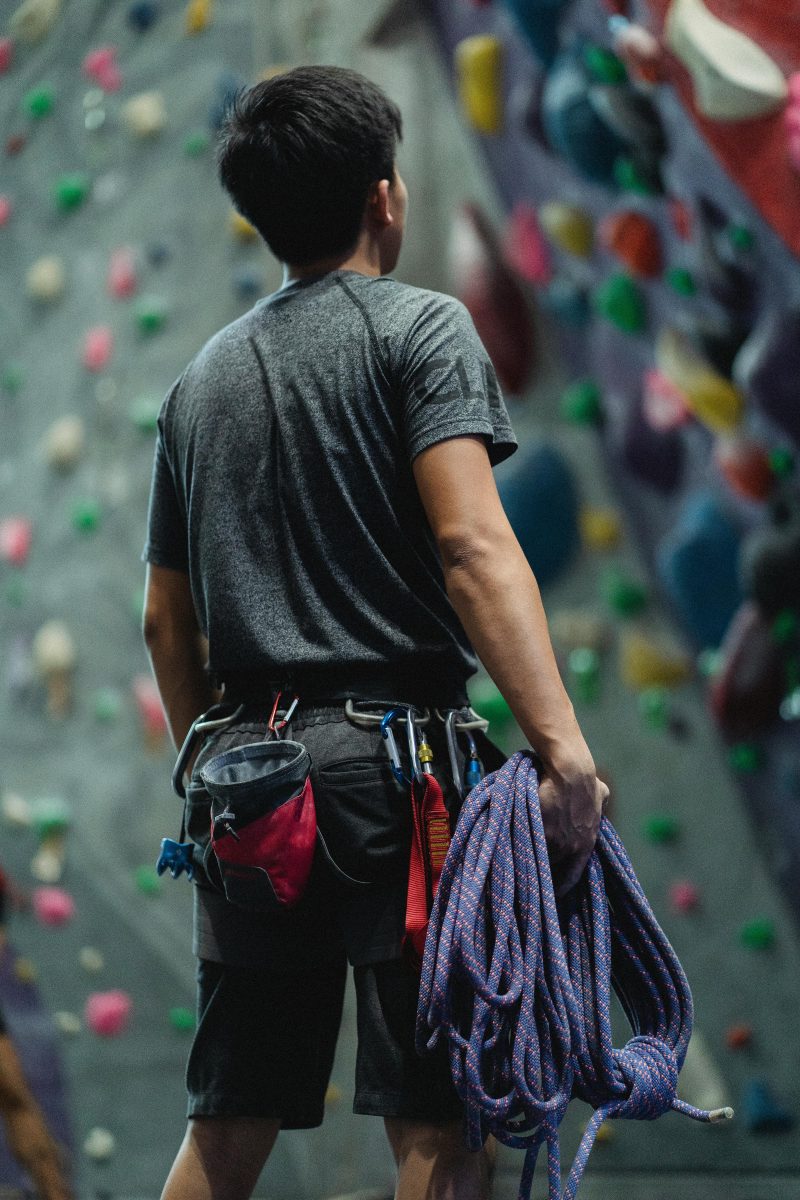
Basic Gear for Diverse Outdoor Pursuits
- Rock Climbing: harness, climbing shoes, helmet
- Mountain Biking: sturdy bike, helmet, gloves
- Paddling: life jacket, helmet, proper watercraft
- Trail Running: quality shoes with good grip and support
The Importance of Quality and Proper Fit
Investing in quality gear is investing in your safety and performance. High-quality equipment withstands the rigors of the outdoors and enhances your experience. Equally crucial is the proper fit—ill-fitting gear can lead to discomfort, impaired performance, and even injury. Take the time to ensure your equipment fits correctly and suits your body’s needs.
Safety Tips and Best Practices
- Always check your equipment before heading out.
- Learn the proper use of your gear, as misuse can lead to accidents.
- Stay within your skill level, gradually pushing your limits as you gain experience.
- Remember, safety is not just personal; it’s also about respecting the environment and other adventurers sharing the space.
With the right gear, a focus on quality and fit, and adherence to safety best practices, you’re set to enjoy the great outdoors while minimizing risks. Gear up, stay safe, and relish the journey to fitness amidst nature’s splendor.
Getting Started: How to Dive Into Outdoor Adventure Sports
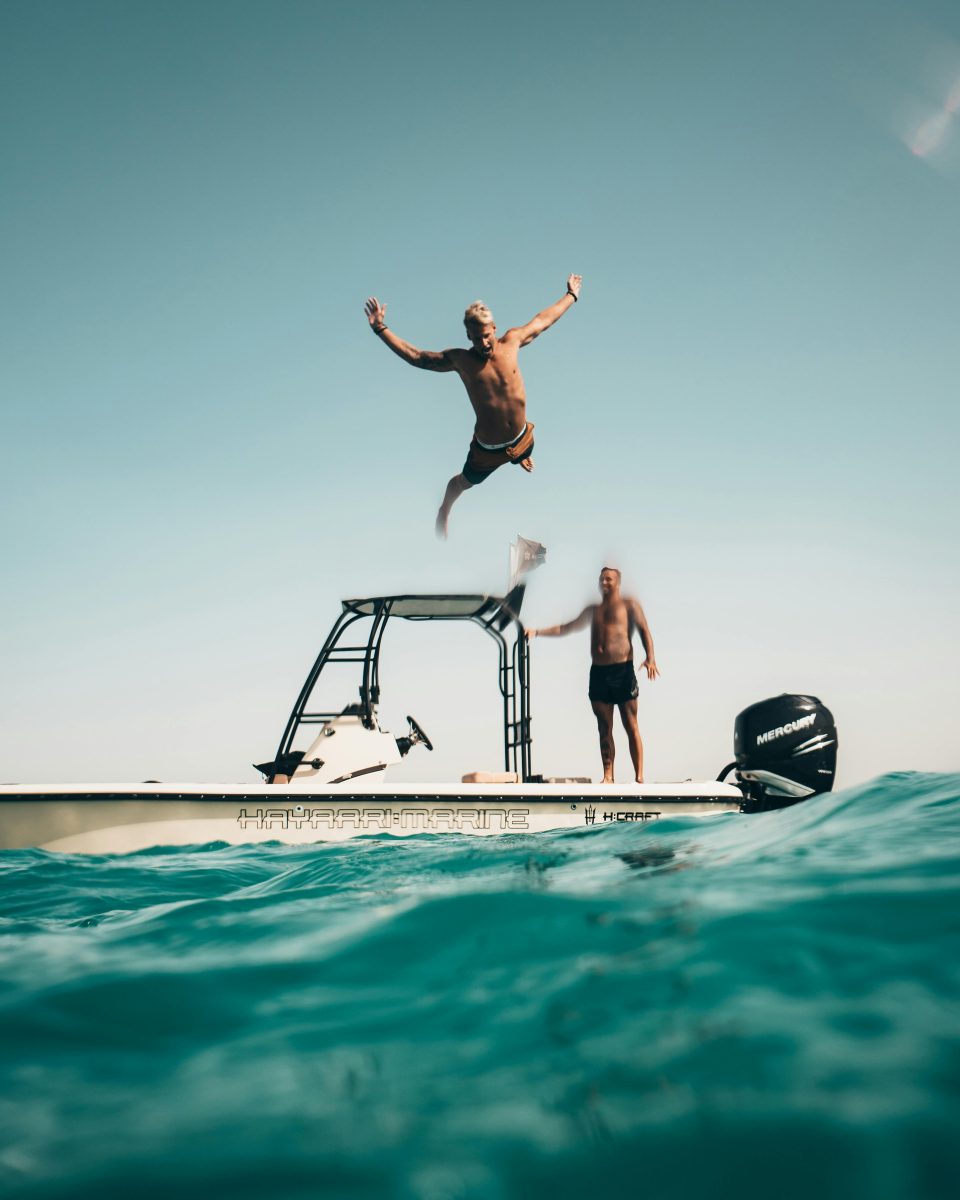
Finding Local Clubs and Groups
Embarking on an outdoor adventure sport journey begins with community. Local clubs and groups offer a treasure trove of resources for beginners. They provide not only guidance and support but also a sense of belonging among like-minded enthusiasts. Engaging with these communities can significantly enhance your learning curve, making the initial steps less daunting and more enjoyable.
Beginner Tips and Where to Seek Instruction
- Seek instruction from certified professionals who can offer tailored advice and techniques specific to your chosen sport.
- Many clubs provide beginner courses, ensuring you learn the correct form and safety practices from the start.
- Remember, every expert was once a beginner. Embrace the learning process, and celebrate small victories along the way.
Setting Realistic Goals and Tracking Progress
Goal setting is crucial. Start with achievable objectives that motivate you without overwhelming you. Whether it’s mastering a new skill, completing a specific trail, or simply improving your fitness level, clear goals keep you focused. Tracking your progress is equally important. It not only highlights your improvements but also identifies areas needing attention. This journey is personal and unique; let your goals reflect your aspirations and your progress, your dedication.
Outdoor adventure sports open a world of possibilities. They challenge you, reward you, and inspire you. By finding the right community, seeking proper instruction, and setting realistic goals, you’re laying the foundation for a fulfilling and exhilarating journey. Let the adventure begin.
In Closing
Embrace the adventure, transform your fitness. Outdoor sports offer a unique blend of challenge and exhilaration. They invite you to explore the limits of your physical and mental endurance, promising a journey of growth and discovery. Through the synergy of nature’s gym and the camaraderie of like-minded adventurers, you find not just fitness but a profound sense of belonging and achievement. Let the call of the wild inspire you to new heights of health and happiness.
Outdoor Adventure Sports for Fitness FAQs
Yes, kayaking is an excellent workout that targets the upper body, core, and even legs. Paddling through water provides resistance, which strengthens the arms, back, shoulders, and chest. It also improves cardiovascular health and can be a peaceful way to enjoy nature while exercising.
Improving balance for surfing involves practicing on a balance board, engaging in core workouts, and spending as much time in the water as possible. A balance board simulates the movements of surfing, helping to develop the necessary muscle memory and stability. Core exercises strengthen the abdominal and back muscles, which are crucial for maintaining balance on a surfboard.
Choosing the right size of climbing shoes involves finding a snug fit that allows for precise footwork without causing excessive discomfort. Climbing shoes should fit tighter than regular shoes, with minimal space at the toe to enhance sensitivity and control on small holds. However, they should not be so tight as to cause pain or impede circulation.
Rock climbing significantly enhances muscular strength, endurance, and flexibility. It engages all the major muscle groups, requiring climbers to lift their body weight and navigate through various physical challenges. Additionally, it improves mental strength and problem-solving skills.
Training for an adventure race should occur regularly, with a mix of cardiovascular, strength, and skill-specific workouts several times a week. The frequency and intensity of training sessions should increase gradually to build endurance, strength, and technical skills without causing injury. Rest days are also crucial to allow the body to recover and prevent burnout.
Bouldering is a form of rock climbing but focuses on climbing shorter routes without the use of ropes or harnesses. It typically involves climbs of less than 20 feet, with crash pads placed on the ground to cushion falls. Bouldering emphasizes power, technique, and problem-solving in a more accessible and social setting.
Cross-country skiing is a full-body workout that improves cardiovascular endurance, muscular strength, and flexibility. It engages the arms, legs, and core muscles, providing a high-intensity cardiovascular workout while moving through beautiful landscapes. The rhythmic nature of skiing also offers a meditative experience, reducing stress levels.
Safety precautions for trail running include wearing appropriate footwear, carrying water and a map or GPS device, and informing someone about your route and expected return time. Proper footwear provides the necessary grip and support on uneven surfaces. Staying hydrated, navigating confidently, and ensuring someone knows your whereabouts are crucial for safety.
To start mountain biking, you need a suitable mountain bike, a helmet, and gloves. The bike should be chosen based on the terrain you plan to ride, with options ranging from hardtail to full-suspension models. Gloves protect your hands and improve grip, while a helmet is essential for safety.
White-water rafting and kayaking differ primarily in the type of boat used and the number of participants. Rafting is typically done in large, inflatable boats that can accommodate multiple people, making it a more social activity, while kayaking is usually a solo endeavor in a smaller, more maneuverable craft. Both sports provide thrilling ways to navigate through rapids but offer different experiences in terms of control and teamwork.
Orlando is a all round athlete from Australia, now resident in Germany. His sports of passion of American Football(Offensive line), weight training and indoor rock climbing where he uses his 195cm wing span to his advantage.

